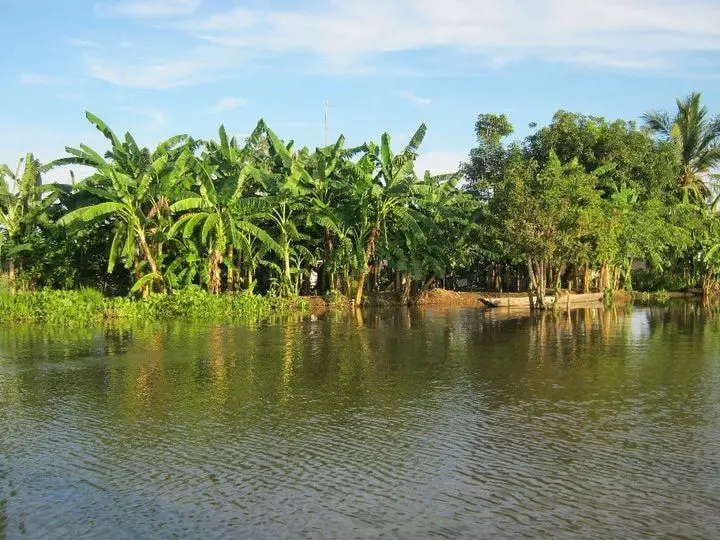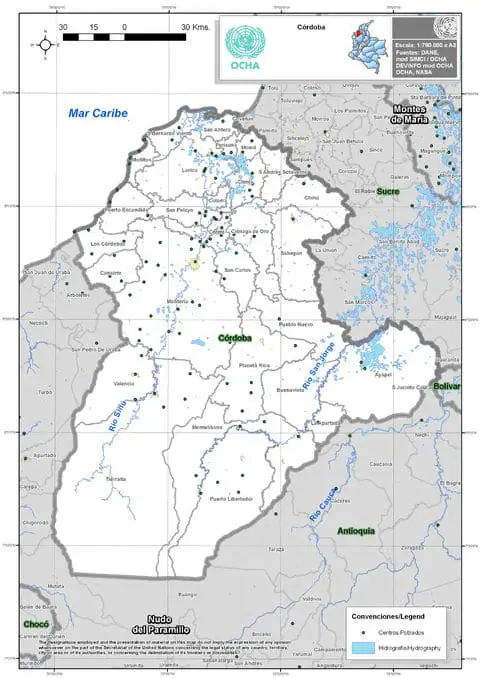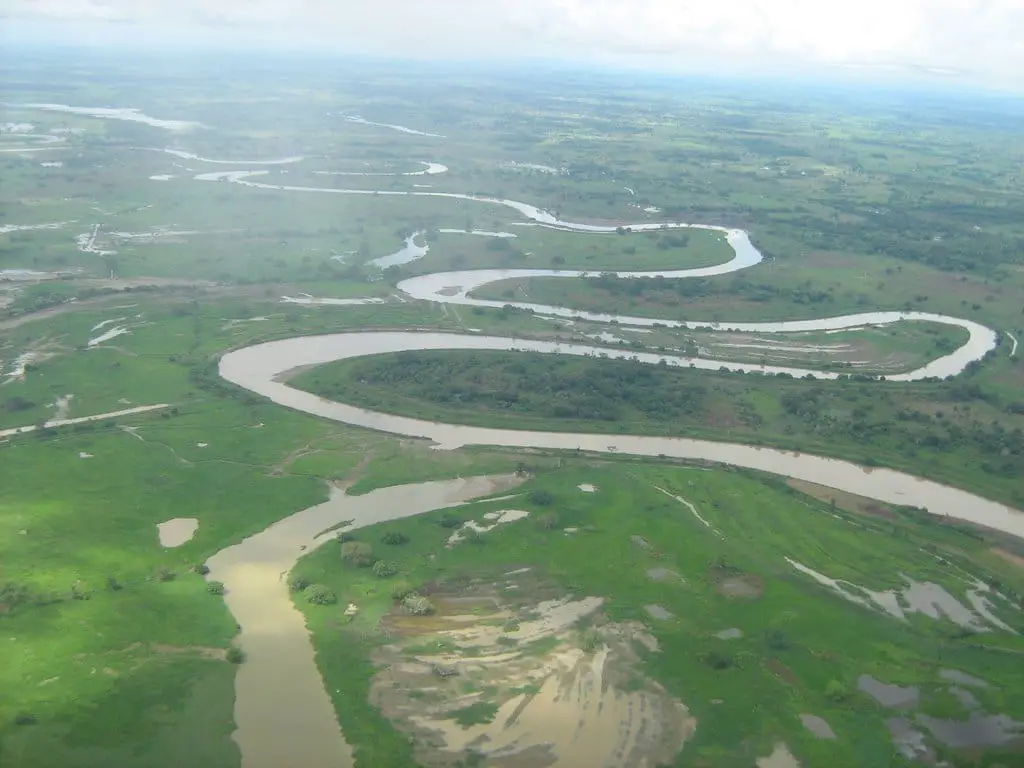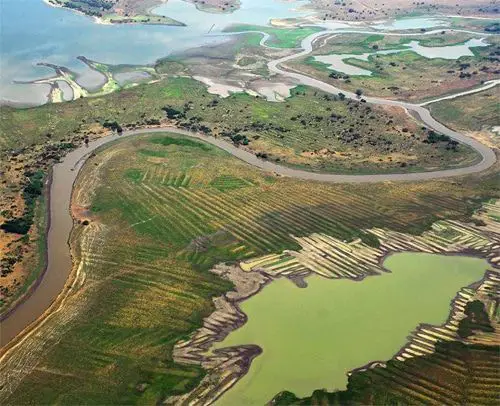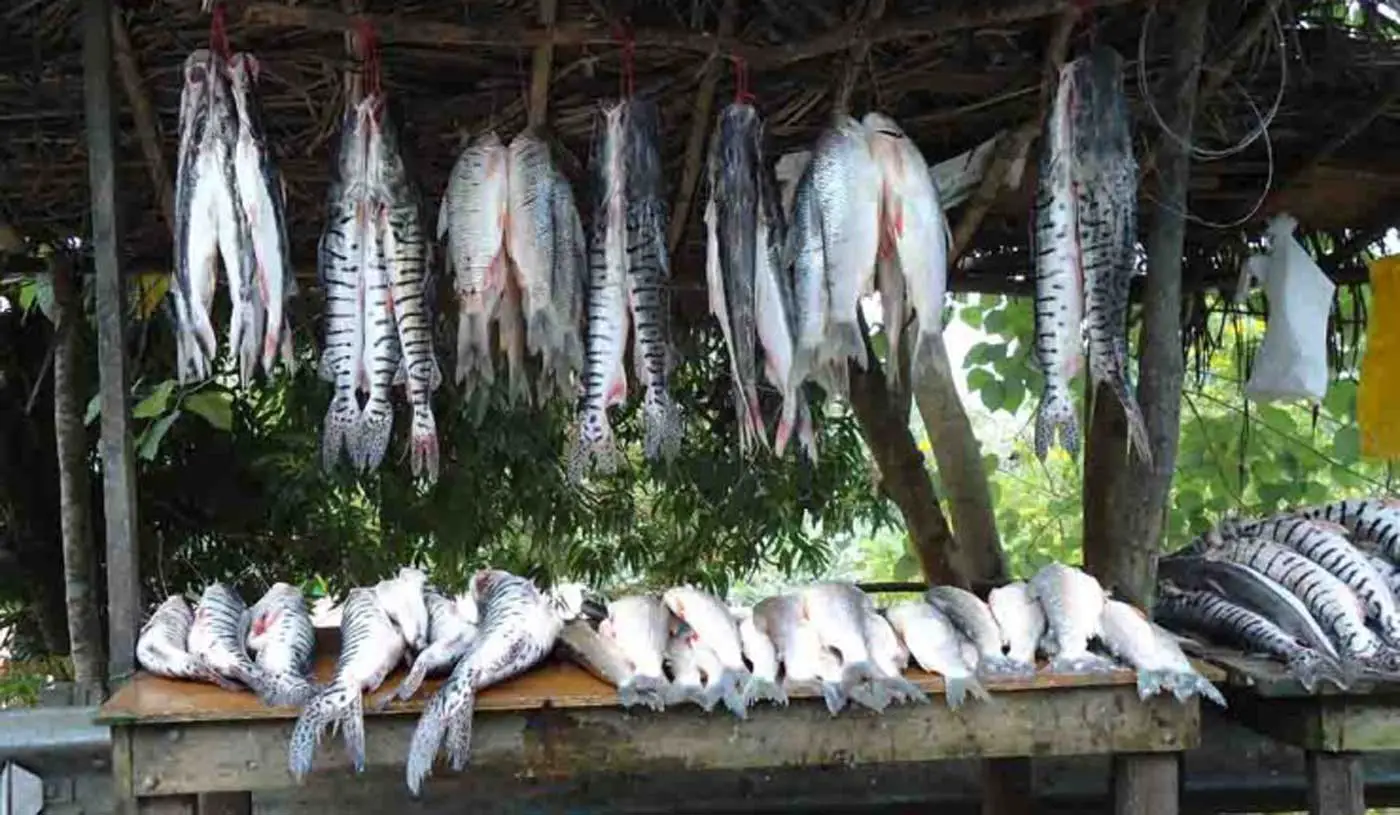If you want to know all about a river that was navigated by the conquistadors in 1530, I invite you to read all about this wonderful waterway, the San Jorge River is one of the most visited rivers in Antioquia, in the Paramillo National Park of Colombia, discover all about it.
Map of the San Jorge River
In Colombia, it is located in the Paramillo National Park, in the municipality of Ituango, Antioquia, where this beautiful river has its source, crossing the mountains of San Jerónimo and Ayapel, to take its waters to the department of Sucre, where it joins the majestic Cauca River.
The San Jorge River is considered the main axis of the local economy in the department of Cordoba, which covers most of its course. It is a river of great value, as it has the greatest abundance of fish in the area, but this has led to pollution due to indiscriminate fishing and the use of explosives for the same. It also has gold mines and the use of mercury in its extraction is slowly killing it off.
Length of the St George River
This fantastic river is three hundred and sixty-eight kilometres long and has a surface area of ninety six thousand five hundred square kilometres. On its way it crosses the departments of Sucre, Bolivar and Cordoba, to which it practically belongs (see article: Atrato River).
During its journey it receives water from several sources, including the San Pedro River, the Dirty River and the Uré River. It also receives many small contributions from some streams, such as la miel, la culebra, el guayabal, among others, and a large number of streams donate their water, among which we can mention the quebrada de aguas claras, Alejandría, Berlín, cantaleta, la cristalina, los nietos, and many more.
Its upper basin is located in the mountainous area to the south of the department, in the San Jerónimo and Ayapel mountain ranges, and its middle basin is located in a flat area, the river valley, which is very flooded during the rainy season and has a very fertile terrain (see article: Río Inírida).
In the lower basin, there is a large area of around two hundred thousand hectares with an elaborate network of artificial channels, probably dating from before the 7th century. This is an artificial drainage system designed to cope with flooding and to allow people to settle in the area, as the land is very fertile.
The canals are now virtually destroyed, but there are still some well-preserved structures. In 1966, a North American aviator flew over the river and declared that the raking was not natural, and it was not until 1986 that Colombian archaeologists were able to defend the pre-Columbian heritage and declare that it was indeed built by pre-Columbian society and is the largest network of canals in the Americas (see article: Río Sinú).
This shows that they had a high level of architectural knowledge at the time, but there is very little information about these inhabitants, as the area remains under constant flooding and very few artefacts have been found on the banks of the San Jorge River.
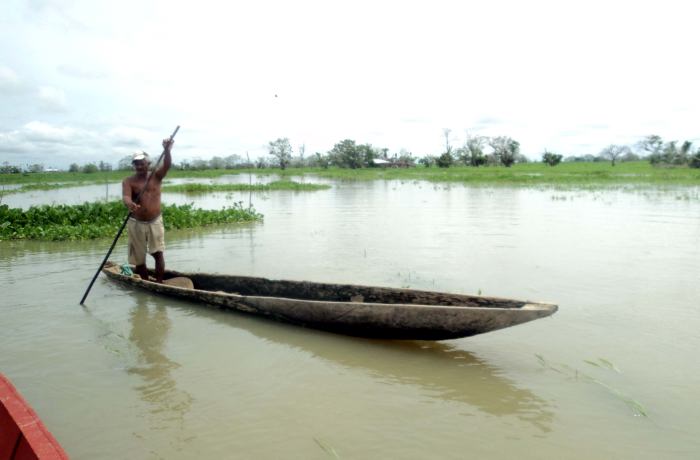
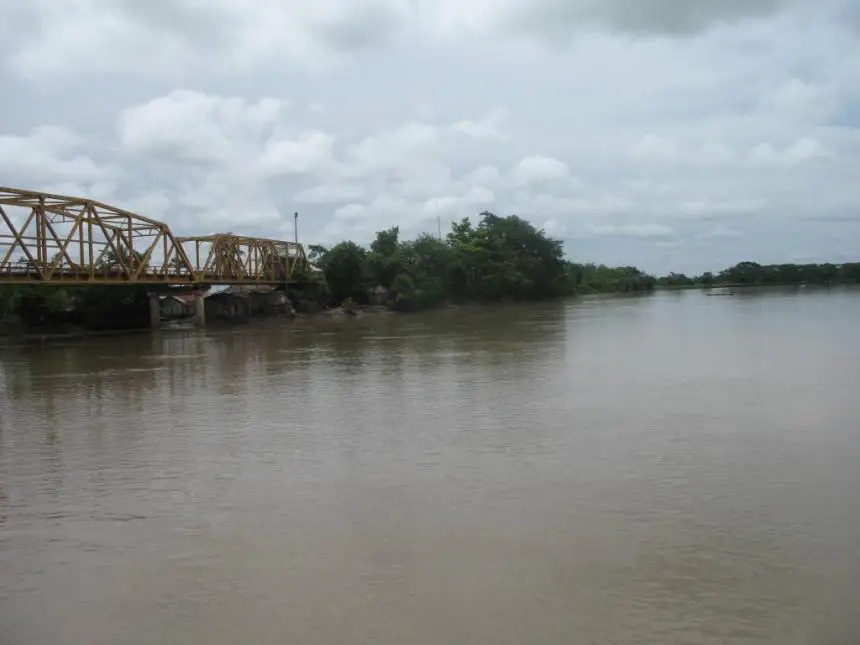
Here the parable of the multiplication of the fish came true. So much so that the wholesalers brought about three tonnes of fish to sell. But, as always, we humans do not appreciate nature’s gifts and do not rest until we are done with them. So they introduced the method of explosive fishing, a quicker way to get large quantities of fish, but also to pollute the water in large quantities.
You can enjoy a short aerial tour of the San Jorge River.

